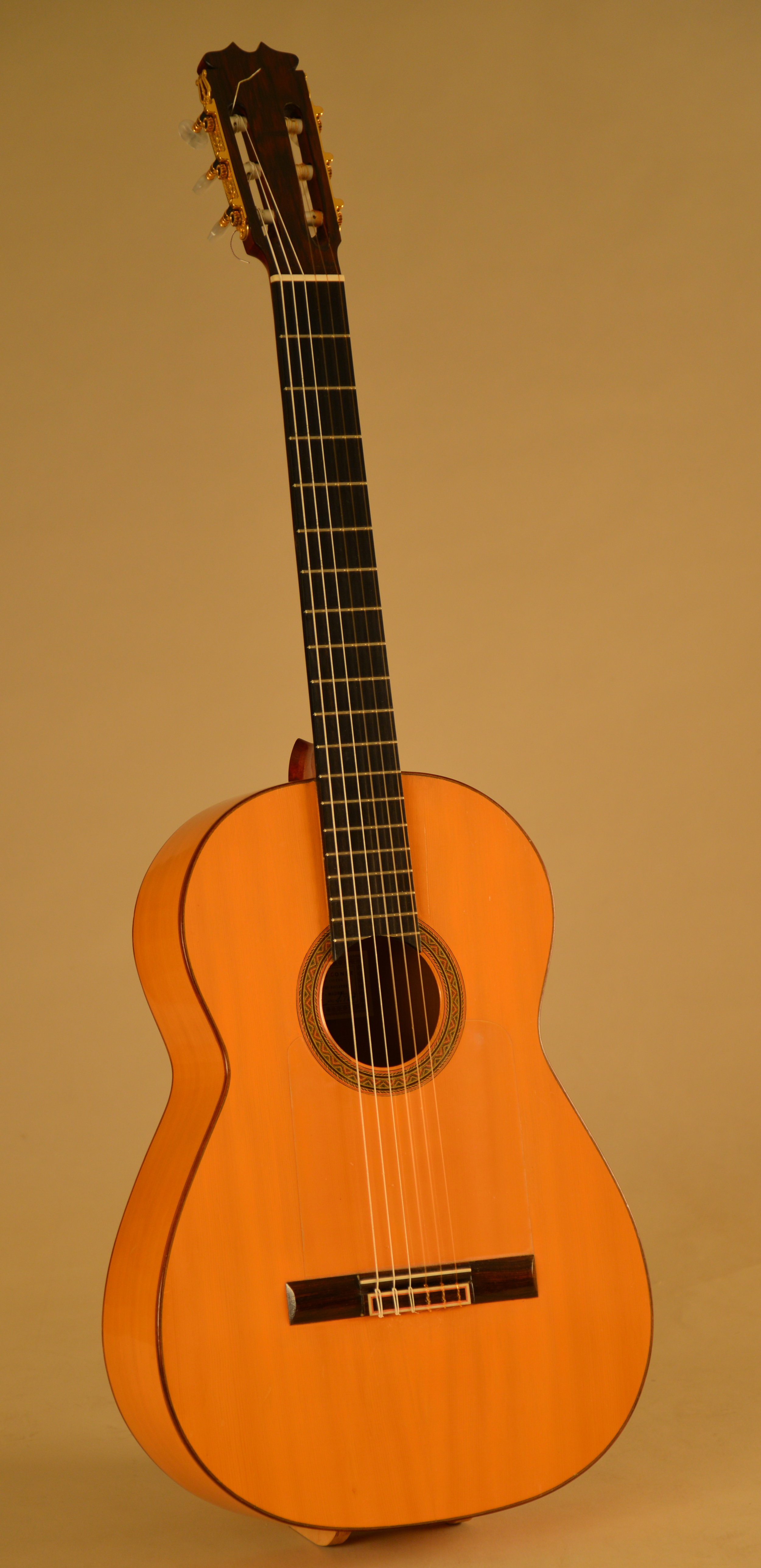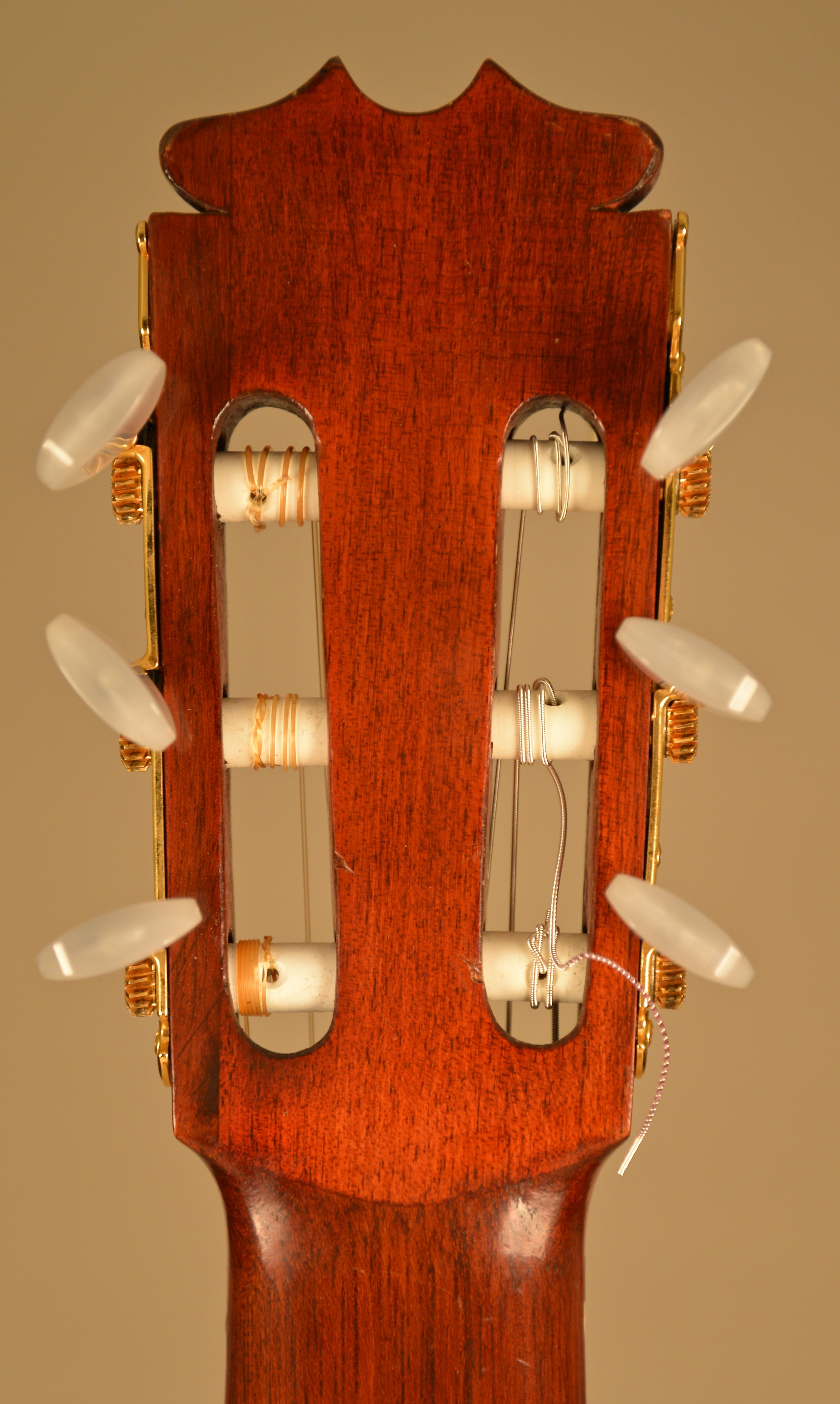1967 Faustino Conde

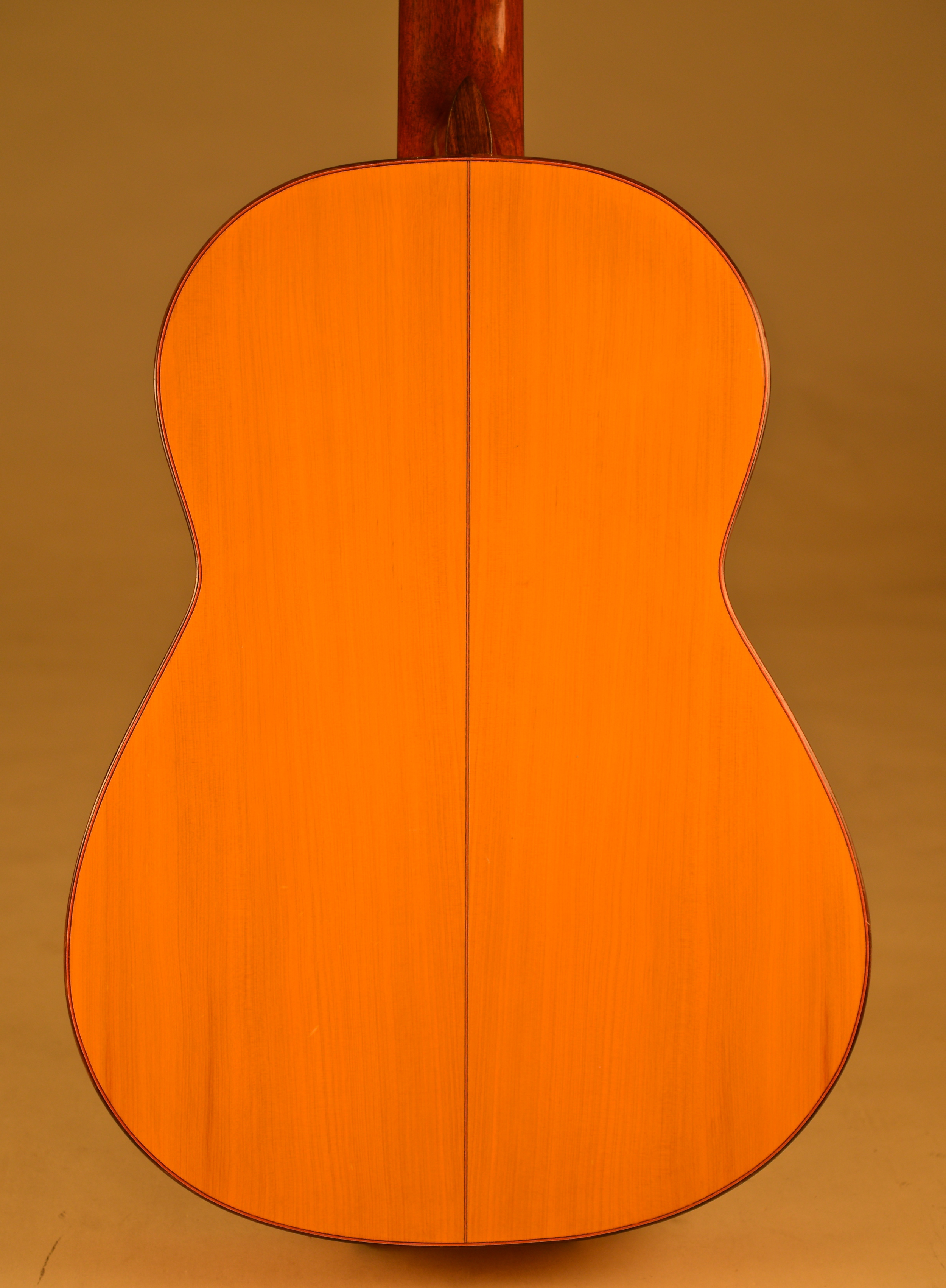
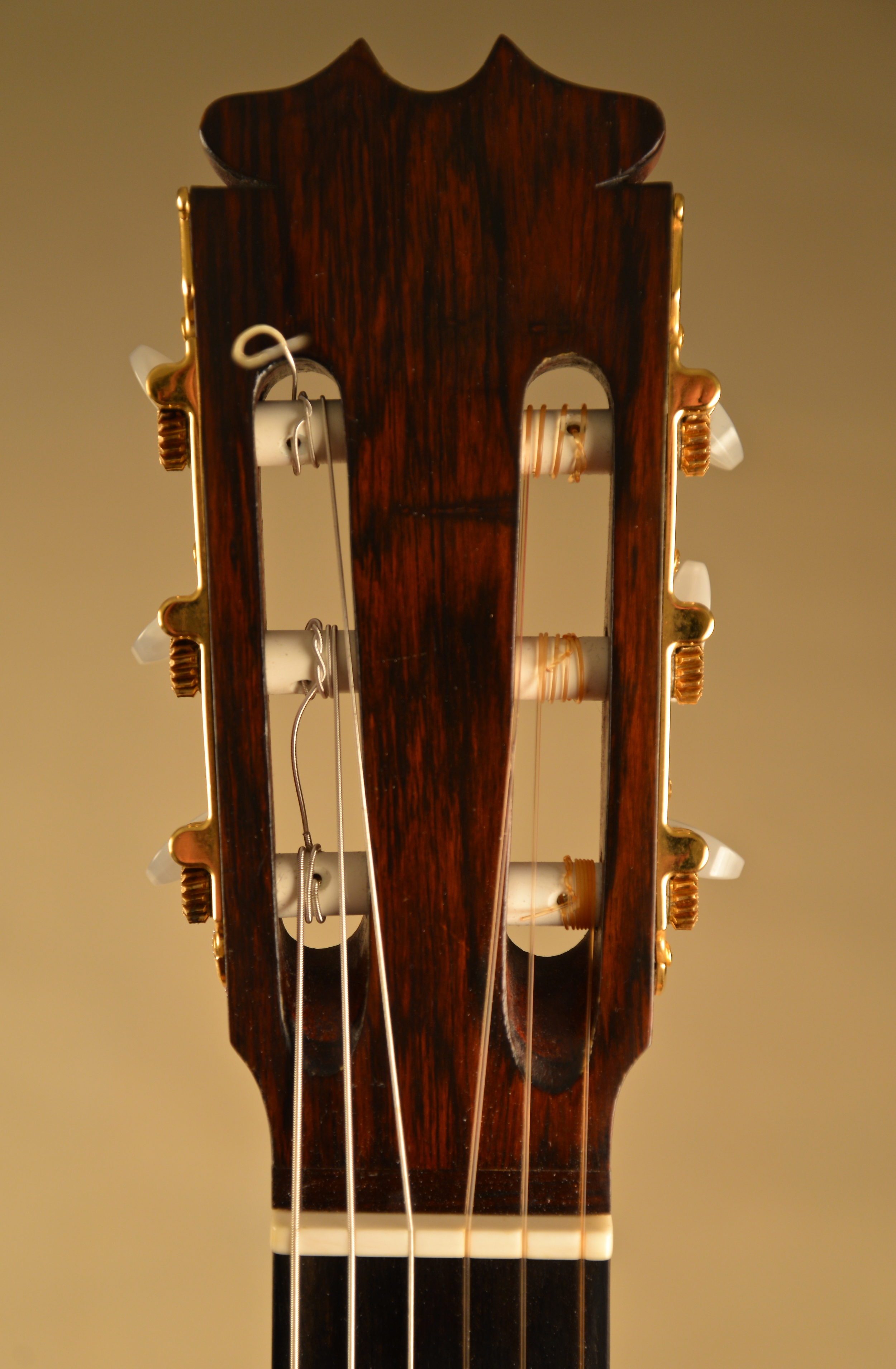
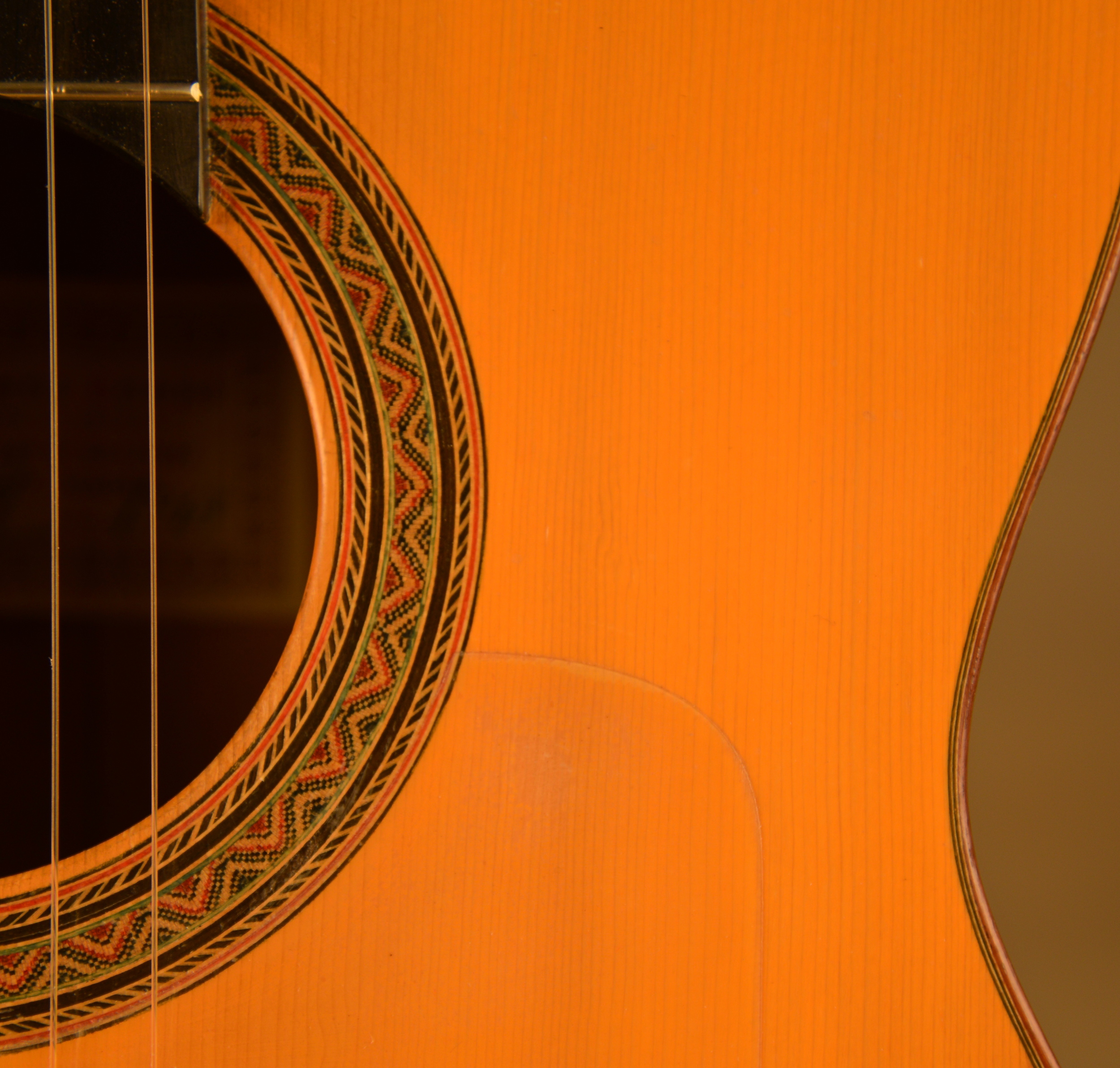
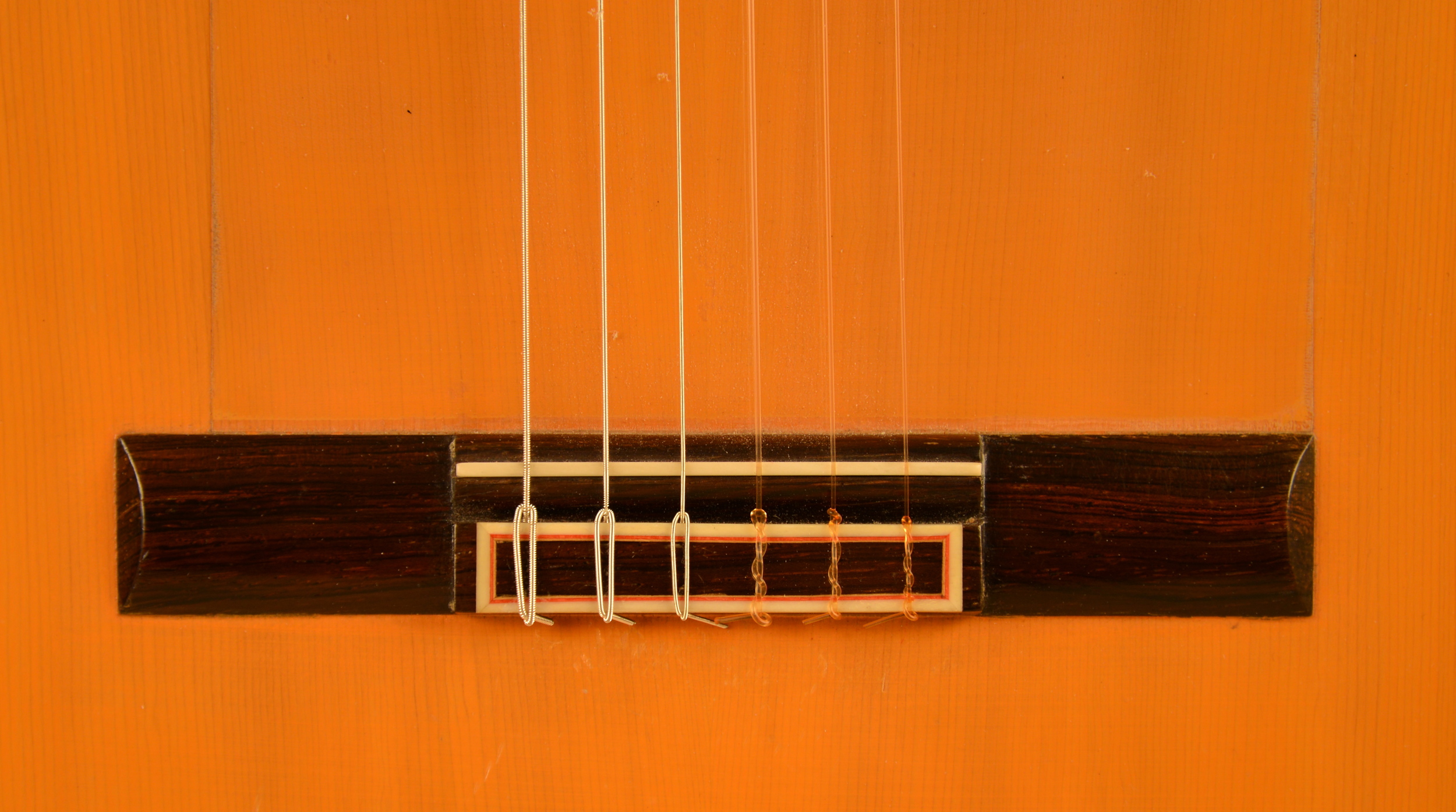

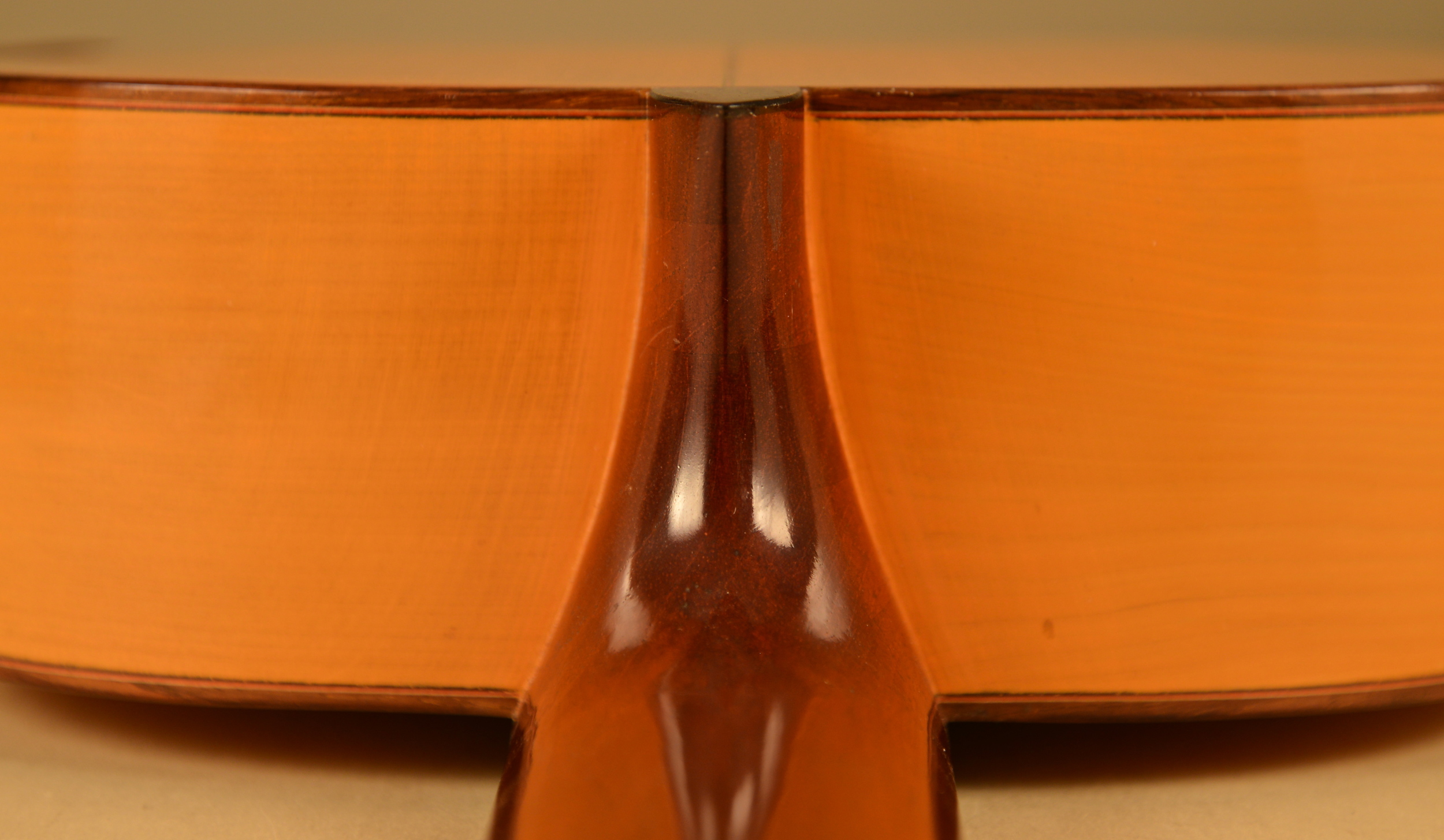
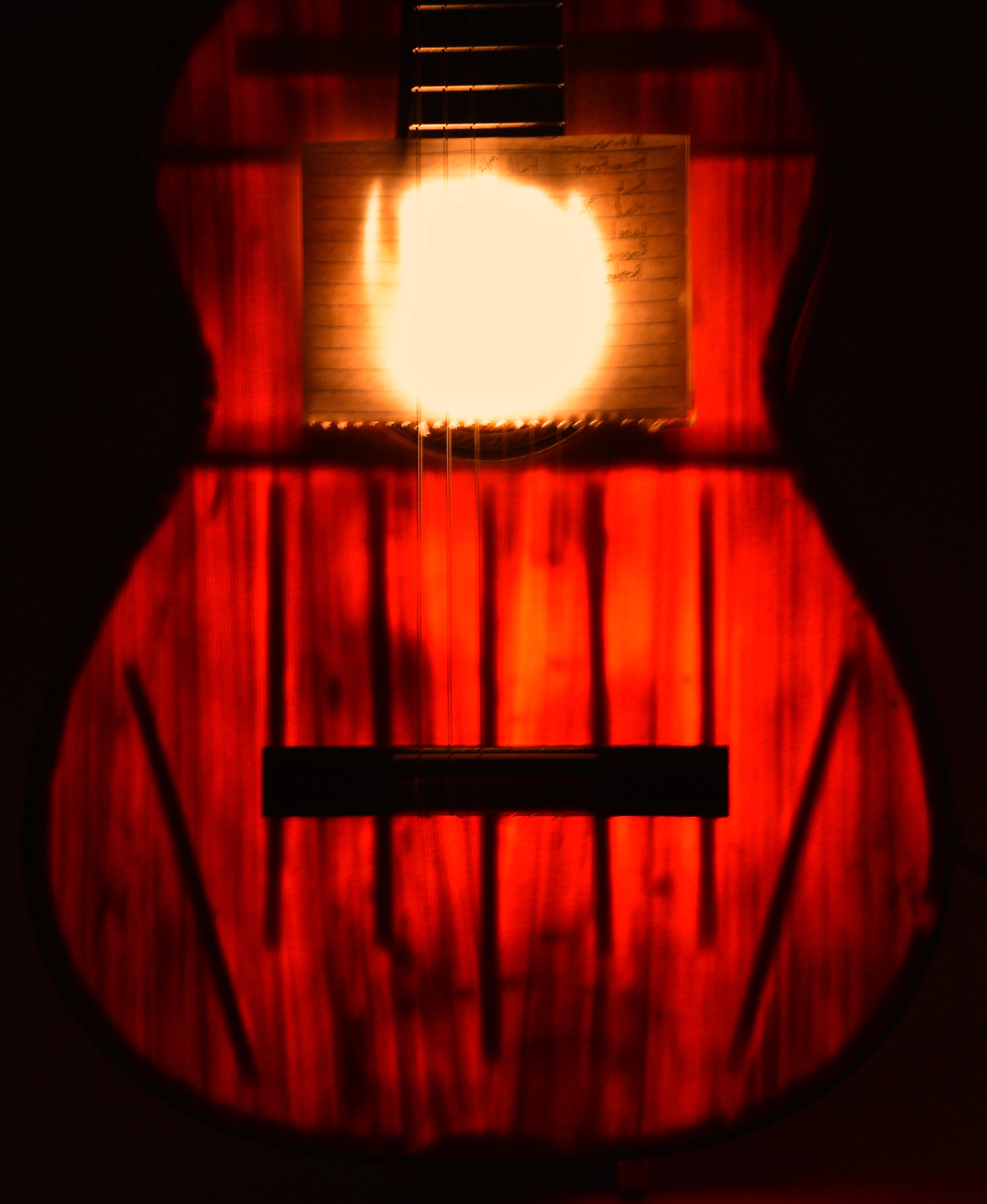





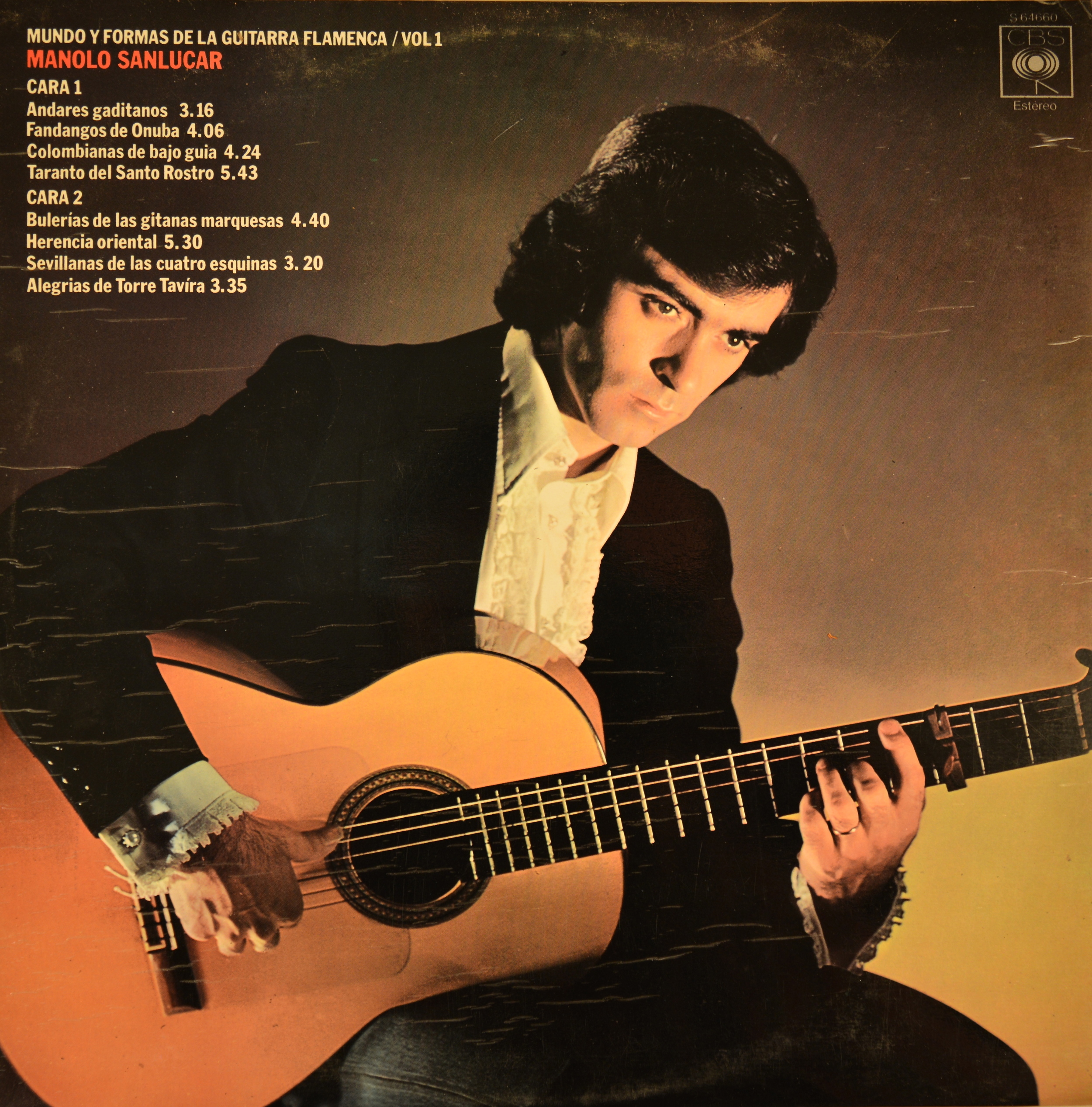

1967 Faustino Conde (Spain) 670 mm scale, 51 mm nut, spruce top, cypress sides and back, Spanish cedar neck, black ebony fingerboard, original opaque yellow-orange varnish with red stained neck, later set of replacement machines. The three Conde brothers, Faustino, Mariano and Juliano were the nephews of Domingo Esteso, who trained originally in the Manuel Ramirez workshop. Upon the death of Domingo in 1937, his widow continued running the shop with Faustino taking charge of day to day construction. Between the two world wars Domingo Esteso and Santos Hernandez were the leading makers working in Madrid and they enjoyed the patronage of nearly every great guitarist living in Spain, most notably Niño Ricardo who was the new upcoming sensation widely imitated by everyone. Originally a Santos patron, he shifted to Esteso, and eventually the Condes after receiving a less than satisfactory instrument from Santos. The old Esteso shop at Gravina 7 in Madrid managed by Faustino became Ricardo’s unofficial “office” where he could usually be found, and a young Paco de Lucia would hang out at Faustino’s shop hoping to meet and perhaps learn a falseta or two from his idol. Paco began playing Faustino’s guitars, the best models having an iconic “half moon” head shape as this one does. Other players such as Manolo Sanlucar and countless aspiring young tocaores both Spanish and foreign quickly caught the wave and propelled the Conde business to significant levels, resulting in their operation of 3 distinct shops in Madrid along with a fourth dedicated to popularly priced instruments during the 1960’s. But the models made by Faustino represent the defining apogee of the Conde success and this instrument is a prime classic example which is spectacularly well preserved. Despite the 670 scale, it plays with almost no effort, and the right hand tension is incredible, perfect for machine gun picados and explosive rasgueados. The strings almost grow out of the top, they are very low and the geometry of the instrument is absolutely perfect. In normal light the varnish is rough, opaque and garish, hardly mellowed by over 40 years of sun and light. But on stage, it projects the perfect appearance under the harsh stage lighting, showing up as the blonde elegant lady she is. The sound is raw, direct and without hesitation, like a sudden knife thrust to the gut, and when capo’d to the upper ranges, it begs the singer to release their templaos. Some artists such as Manolo Sanlucar have recorded solo albums with Condes like this one, but its really at home on a stage with a singer, dancer and jaleadores, or better yet, in the back room of a colmao with a private juerga.
